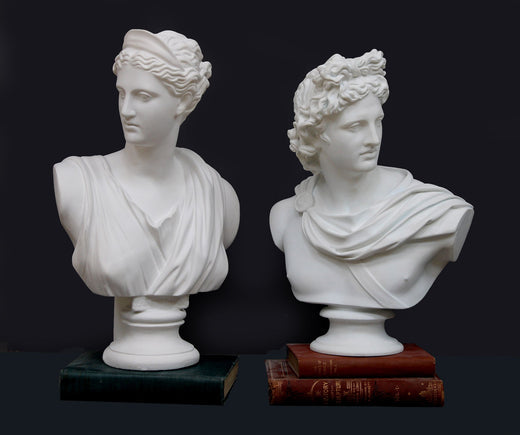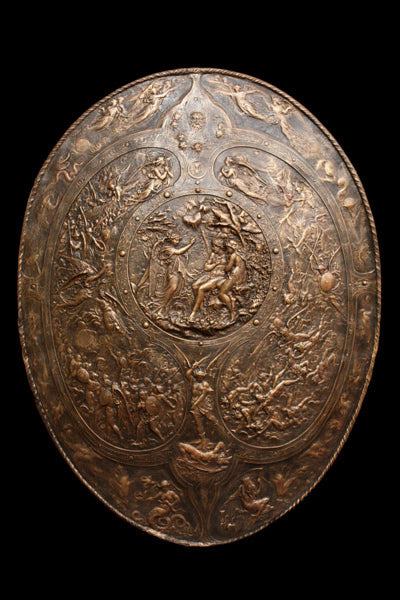Throughout time, artists have sought to capture beauty. That might mean trying to realistically depict nature, the human body, or ideals of beauty, or creating a work that illustrates the beauty of a story or myth. It might also mean freezing a specific moment in time by creating a portrait.
According to artist, architect, and essentially the first art historian, Giorgio Vasari, the sculptor Desiderio da Settignano created a portrait bust of the most beautiful woman in Renaissance Florence. If it still exists, scholars haven’t determined with certainty which bust it may be.
Recorded in Vasari’s 1550 book The Lives - a collection of biographies of those he deemed the most important artists in history - Marietta Strozzi (1448-c.1498) was supposedly immortalized by Desiderio (c.1429-1464). Almost every Renaissance bust of a young woman, especially those attributed to Desiderio, have been presented as possible matches. Female portrait busts created during the Quattrocento are very similar in style, making it difficult to definitively confirm sculptors as well as sitters.
Two of our new additions to the Caproni Collection as well as a bust currently in the collection were once thought to be the legendary bust of Marietta, and all have been widely reproduced and hence well known.
The woman portrayed in our new reproduction #444 Neopolitan Princess wears a calm expression, and her hair, the clothing, and the decoration on the integral base are finely detailed. It is now attributed to Francesco Laurana (1420/25-c. 1502) and is thought to be a portrait of Ippolita Maria Sforza, the wife of King Alfonso II of Naples.
The new reproduction #264 Mask of a Young Lady comes from Bust of a Young Lady which is recognized as one of the most beautiful portraits of the Quattrocento. Could it be Marietta? The current attribution is to Antonio Rossellino (1427-c.1479), a prolific sculptor known for the subtleties imbued in his works.
Finally, #242 Young Woman Portrait is attributed to the same artist as the unidentified Marietta bust - Desiderio da Settignano. He was a master at portraying the faces of women and children in his sculptures, several of which can be found in the Caproni Collection. Despite the similarities of Renaissance female portraits, he succeeded in giving an expression to the sitter, as seen in the raised eyebrows and small smile.
All three of these pieces, including the bust from which the #264 mask comes, were illustrated in the historic P.P. Caproni and Brother catalogs. Note the attributions and identifications in the catalog published in 1911.


Art historian Arnold Victor Coonin notes that based on the years of Desiderio’s death and Marietta’s birth, she would have been no more than fifteen years old when he died nor was she betrothed or married, which were two of the few reasons to commission a woman’s portrait at the time. The window of opportunity for the creation of the bust was quite short. If a bust of Marietta was in fact created, it may have been sculpted by a different artist, meaning Vasari named the wrong one in his book.
Nonetheless, the search for the sculpture continues! For further reading, check out the sources listed at the links for the casts.
Best,
Kayla
*Please note: Sources used can be found on the product pages.
Want content like this delivered to your inbox? Sign up for our newsletter!




